Two Amazing Shade Gardens

by
Three Dogs in a Garden
(IC: blogger)
The post features two great shade gardens with big one thing in common and that is a wonderful use of plant materials.
One of the biggest transformations that marks the shift from winter into spring is the emergence of the green leaves. Never does green foliage look as fresh and vibrant as it does in the spring! Today I want to share a bird-friendly shade garden where foliage is the star.
Green is the pervasive color here.
The different shades of green play off one another, and even though the flowerbed is largely a single color, the planting as a whole, reads as quietly "colorful".
In this little corner, you can see a great example of the blend of different greens.
1. Yew 2. Golden Shadows Pagoda Dogwood 3. May Apple, Podophyllum peltatum which is a native plant. 4. Solomon Seal, Polygonatum 5. 'Butterfly' Japanese Maple 6. Astilbe 7. Astilbe 8. Astilbe
This is a bird-friendly garden. In clear view of the back patio is a squirrel-proof bird feeder. The homeowners have added a circle of bricks at the base of the feeder that is both decorative and practical. Not only does it mean that fallen seed is less likely to sprout in the lawn, it makes cleaning up any stray birdseed easy to do with a broom.
Bleeding Heart, Dicentra spectabilis 'Gold Heart' has amazing chartreuse foliage and pink heart-shaped flowers in spring. Normal, sandy or clay soil all work for this plant. It likes average to moist growing conditions. The foliage will start to fade and go dormant in late summer. Part to full shade. Height: 60-90 cm (23-35 inches), Spread: 60-90 cm (23-35 inches). USDA Zones: 2-9.
You can see more of this garden here:
The next garden I am about to show has a wide, but shallow backyard. Mature trees blur the boundaries of the garden however, making it feel much larger than it is.
A few of the shade perennials identified:
A nearby dogwood tree is also covered with small, star-shaped blossoms.
The front garden is not to be missed either. See additional pictures by clicking the link below.
Enjoyed the project?

Want more details about this and other DIY projects? Check out my blog post!
Published May 19th, 2016 10:45 AM
Comments
Join the conversation
3 of 9 comments
-
 Carolyn Longphre
on Jan 22, 2018
Carolyn Longphre
on Jan 22, 2018
I need a design plan; otherwise, I don't know where to begin
-
-



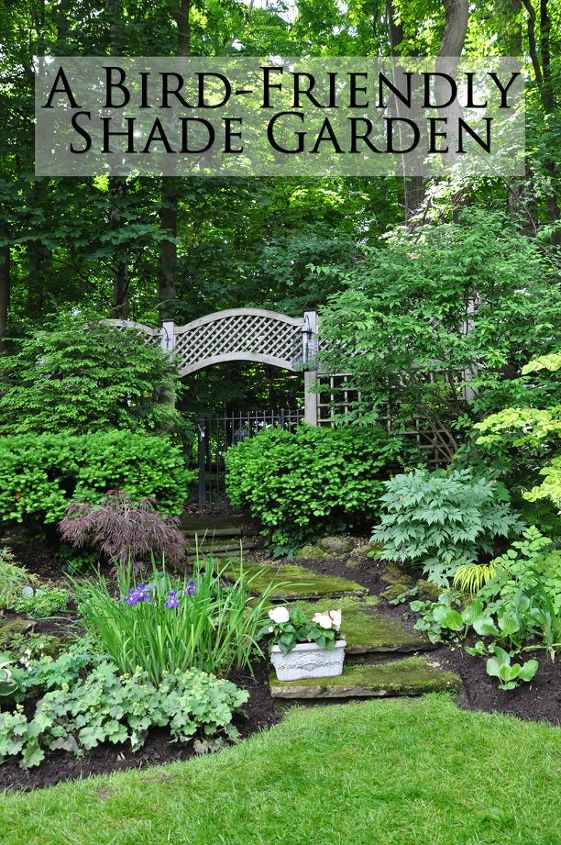











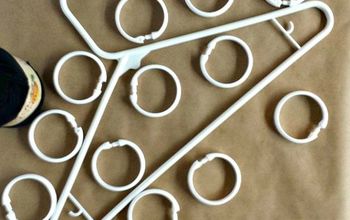
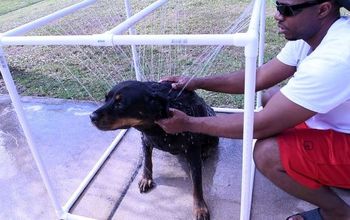



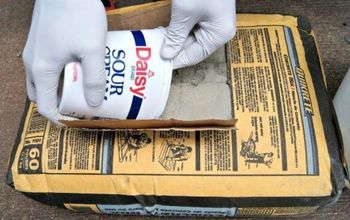
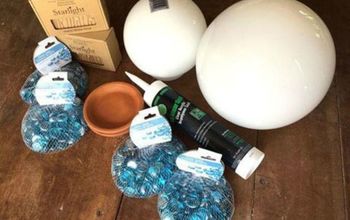
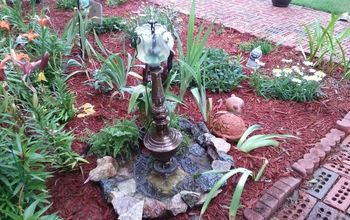
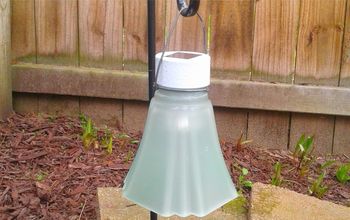
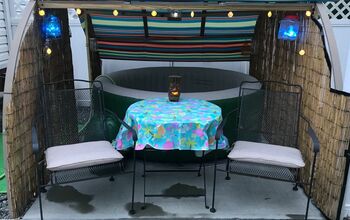
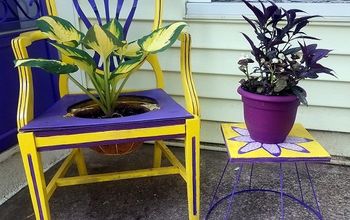

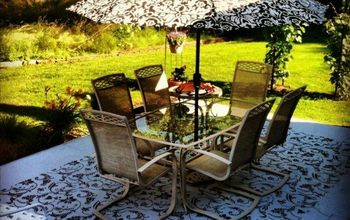
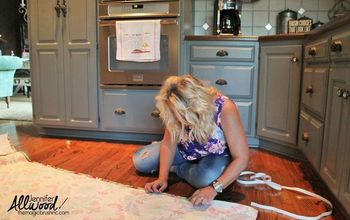
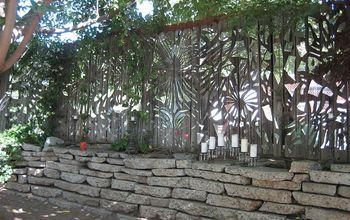
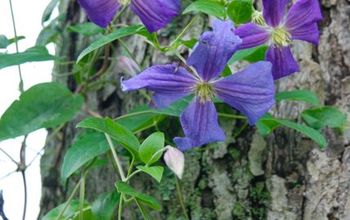
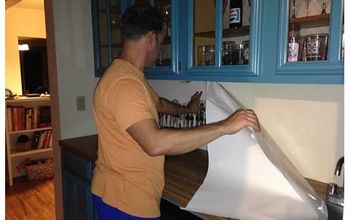
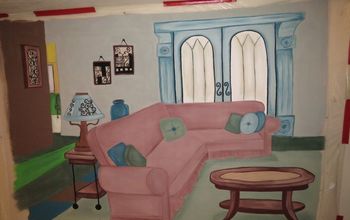
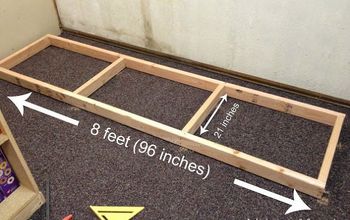
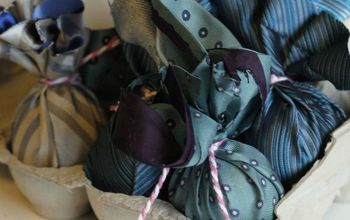
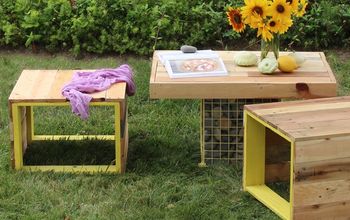
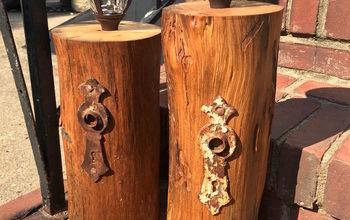
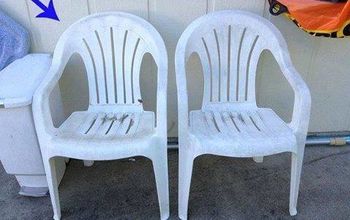
Frequently asked questions
Have a question about this project?